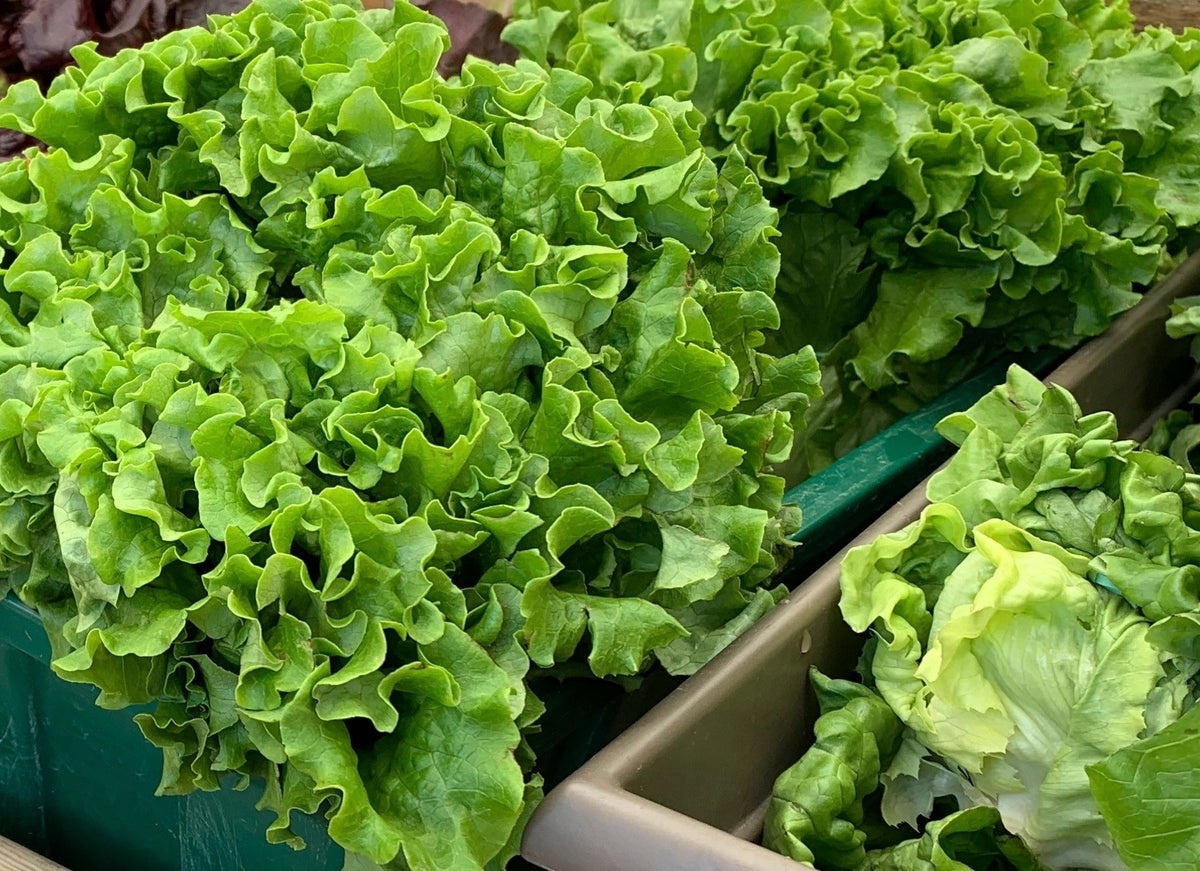
Support truly
independent journalism
As I was digging up my golden beets last week, I realized it’s time to plant more, both here in my Zone 7, suburban New York garden and just about anywhere with at least three seasons and no freeze until after September.
It’s time to harvest not just beets, but any remaining cool-season vegetables and greens. Dig up mature root crops and cut down leafy vegetables before they bolt, or flower, which turns edible foliage bitter. Then put that newfound real estate to good use.
Fewer pests, diseases and weeds in cooling weather makes late-season plantings easier to care for than spring-planted crops. But some might need protection from the late-summer sun, depending on where you live. If that’s the case, lightweight row covers or even opened rain umbrellas balanced around them can serve the purpose.
Beets generally take 50 to 70 days to reach maturity, so planting more now will yield another crop by the last official day of summer. As a bonus, late-season beets tend to grow sweeter and more vibrantly hued than spring-planted ones, benefitting from the season’s gradually dropping temperatures.
Most lettuces will be ready to eat in 55 to 65 days, but because they don’t germinate well in the heat, it’s best to start seeds indoors or buy starter plants at the nursery.
Asian greens, arugula, spinach and mustard greens are among the fastest maturing cool-weather crops; planted today, they could be ready to harvest by the end of the month.
Radishes are even faster, taking just three weeks to go from seed to salad.
Brassica or cole crops, a family of vegetables that includes broccoli, Brussels sprouts, cabbage, cauliflower, collard greens, kale and kohlrabi, take longer (60 to 90 days) but taste better after getting nipped by a light frost (defined as 32 degrees Fahrenheit), so there’s little concern about early-fall overnight chills killing your crop.
Second crops of chards (50 to 75 days), peas (60) and even beans (45 to 70) can also be planted in late summer. Check the dates to maturity on their seed packets to determine if they’ll mature before frost hits your region. If not, plant or start seeds indoors earlier next year.
While you’re at it, try crispy choi, a crisp, fast-growing Chinese green that matures in just 45 days. Harvest before side shoots develop.
Gai lohn, sometimes called Chinese kale or Chinese broccoli, is easier to grow than standard broccoli. Its stems and yellow or white flower buds can be harvested as they grow, generally in as little as 45 days.
And if you’re really short on time, consider Mizuna, a Japanese mustard green that makes a wonderful addition to salads. You’ll be able to start harvesting the plant’s outer leaves in as little as 3 weeks and the whole plant in just 35 days.
If you’re growing crops in the coastal or tropical south, it’s time to get tomatoes, peppers and eggplants into the ground and set your sights on a late fall harvest.
___
Jessica Damiano writes weekly gardening columns for the AP and publishes the award-winning Weekly Dirt Newsletter. You can sign up here for weekly gardening tips and advice.







